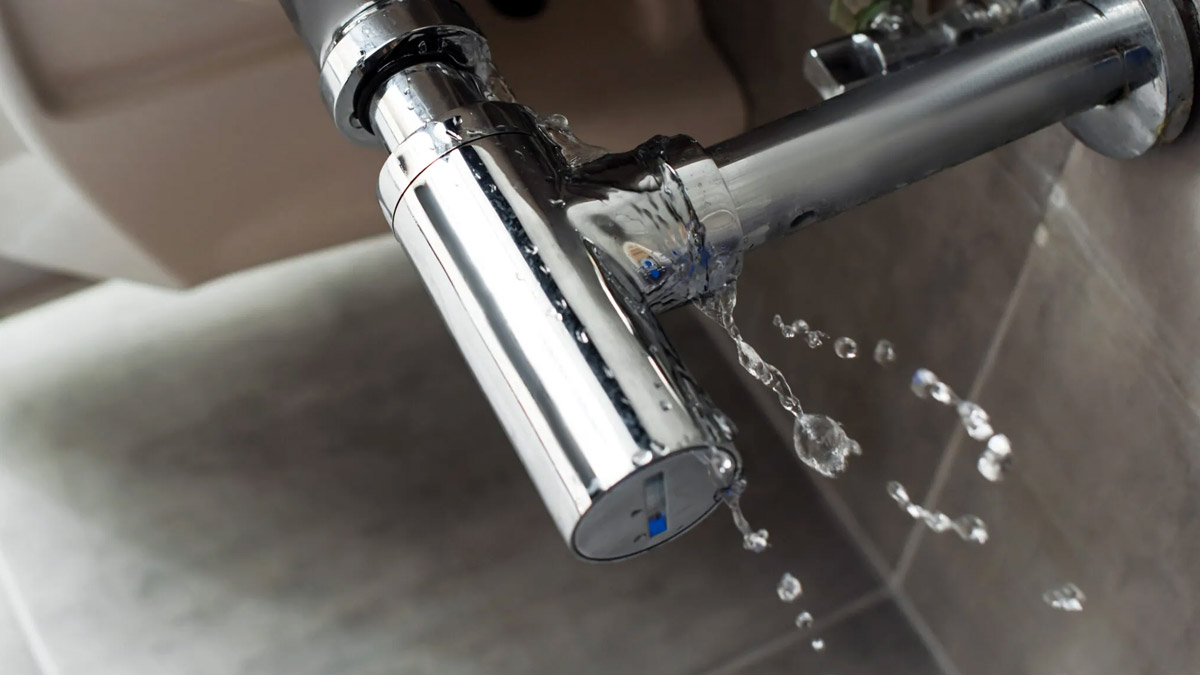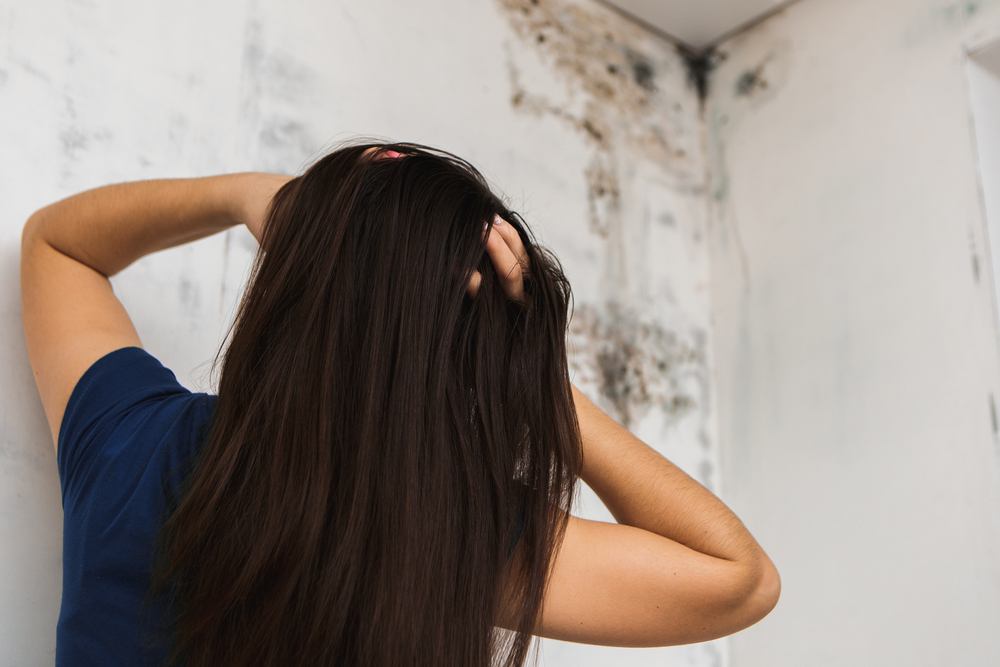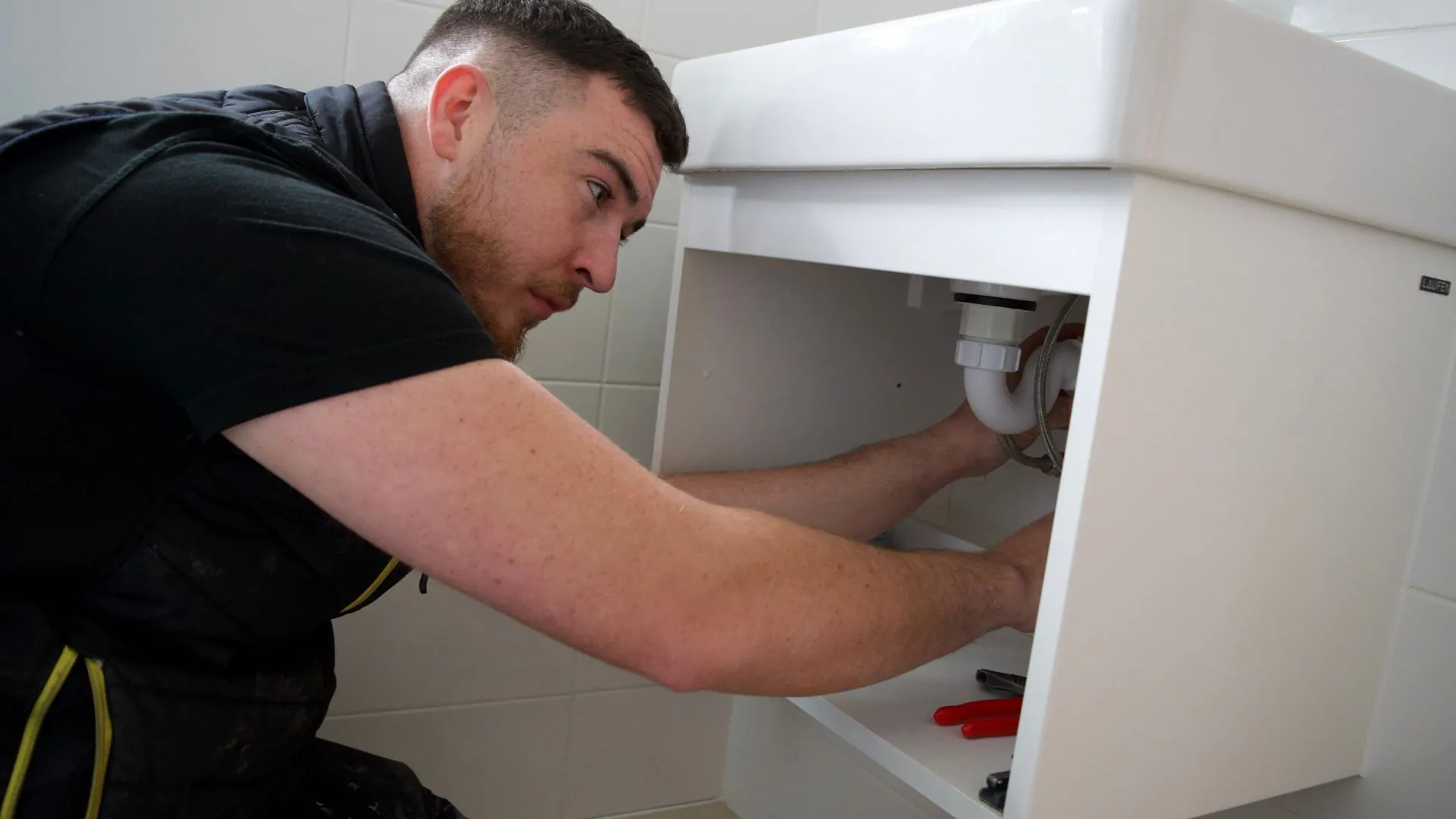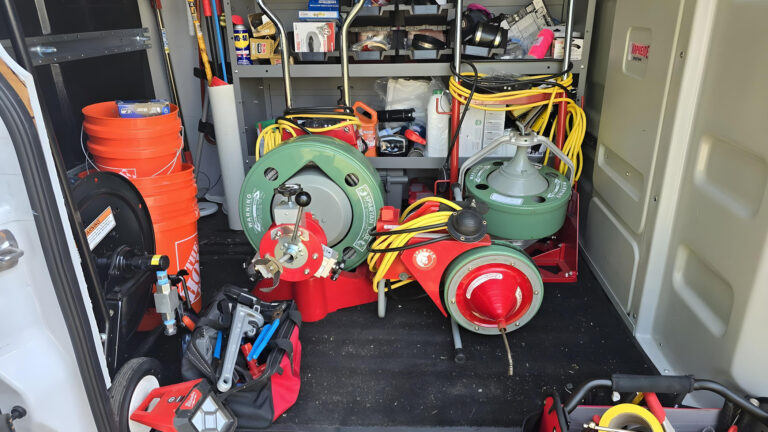Let me tell you, there’s nothing worse than finding out your home has a sneaky water leak that’s been quietly causing chaos. I learned this the hard way when a tiny drip behind my kitchen wall turned into a moldy, expensive mess. Hidden leaks are the worst—they’re like silent ninjas, doing damage while you’re none the wiser. Sometimes it’s not just the walls or faucets—you’ve also got to keep an eye on your drain pipes, because neglecting drain pipe cleaning and repair can turn small issues into costly disasters. But don’t worry! I’ve gathered some practical, no-nonsense tips to help you spot these troublemakers before they ruin your floors, walls, or wallet. Let’s dive in and save your home from water leak disasters.
Why Hidden Leaks Are Such a Pain

Hidden water leaks don’t announce themselves with a big splash. They lurk in walls, under floors, or even outside, slowly causing problems like:
- Mold growth: Damp spots are a mold magnet, and trust me, that stuff is no fun to deal with.
- Skyrocketing water bills: A tiny drip can waste gallons of water, hitting you right in the bank account.
- Structural damage: Water can weaken your home’s foundation or rot wooden beams over time.
- Health issues: Mold and mildew can trigger allergies or breathing problems for you and your family.
Catching these leaks early can save you thousands in repairs. So, let’s talk about how to spot them before they turn into a homeowner’s nightmare.
1. Keep an Eye on Your Water Bill
Ever opened your water bill and done a double-take? That was me last summer when my bill jumped $50 for no reason. If your water usage hasn’t changed but your bill is climbing, you might have a leak.
What to do:
- Check your water bill month-to-month. A spike without extra laundry or long showers is a red flag.
- Try the water meter trick: Turn off all water in your house (no faucets, no dishwasher, nada). Then, go look at your water meter. If it’s still ticking, you’ve got a leak somewhere.
My Tip: Some water companies let you track usage online. I set up alerts on mine, and it’s been a game-changer for catching weird spikes early.
2. Spot the Sneaky Signs of Water Damage
Hidden leaks often leave clues, but you’ve got to know where to look. I once found a yellowish stain on my ceiling that turned out to be a slow leak from an upstairs bathroom. Here’s what to watch for:
- Stains on walls or ceilings: Look for yellow, brown, or discolored spots.
- Warped floors: If your wood or laminate floors are buckling, water might be the culprit.
- Musty smells: That damp, mildewy odor is a dead giveaway, especially in basements or bathrooms.
- Peeling paint: Bubbling paint or wallpaper usually means water’s trapped behind it.
Where to check: Peek under sinks, around your water heater, or near appliances like your washing machine. These are leak hotspots.
3. Listen Up for Strange Sounds

This one’s straight out of my own playbook. Late at night, when the house was quiet, I heard a faint dripping sound coming from the wall behind my fridge. Sure enough, it was a leaky pipe. Your ears can be your best tool for catching hidden leaks.
What to listen for:
- A soft drip-drip-drip or trickling noise.
- A hissing sound, which might mean water’s escaping from a pressurized pipe.
How to check: Turn off all appliances and listen closely near walls, floors, or appliances. If you hear something odd, it’s time to call in a pro to track it down.
4. Notice Weak Water Pressure
Low water pressure is annoying, right? I thought my shower was just getting old, but it turned out a leak was stealing water before it reached the faucet. If your water flow feels weaker than usual, it could be a sign.
How to test:
- Turn on a faucet and see if the stream is weaker than normal.
- Check multiple faucets to figure out if it’s one area or your whole house.
Low pressure doesn’t always mean a leak—clogged pipes can cause it too—but it’s worth investigating.
5. Try the Toilet Tank Trick
Toilets are sneaky leak culprits. I had a toilet that was wasting water for weeks before I caught it. The dye test is my go-to for checking toilet leaks, and it’s super easy.
Here’s how:
- Drop a few squirts of food coloring into the toilet tank (not the bowl).
- Wait 10–15 minutes without flushing.
- If the color shows up in the bowl, your toilet’s flapper or valve is leaking.
Fix it: Swap out the flapper yourself (it’s cheap and easy) or call a plumber if you’re not handy. This fix saved me $30 a month on my water bill!
6. Don’t Forget Your Yard
Not all leaks are inside. I once found a soggy patch in my backyard that turned out to be a busted sprinkler line. Outdoor leaks can waste water and mess up your home’s foundation.
What to look for:
- Wet, mushy spots in your yard or extra-green grass in one area.
- Cracks in your foundation or driveway, which could mean water’s escaping nearby.
- Weak water pressure in outdoor faucets or sprinklers.
Quick Check: Shut off your main water valve and check your water meter. If it’s still running, the leak’s likely outside.
7. Get Some Techy Help

I’m not a gadget guru, but some tools make leak detection a breeze. Here are a few I’ve come across:
- Water leak sensors: These little devices go under sinks or near appliances and ping your phone if they detect water. I got one for my basement, and it’s been a lifesaver.
- Smart water meters: These track your water usage in real-time and can spot leaks by noticing weird patterns.
- Professional tools: Residential plumbers use cool stuff like thermal cameras to find leaks behind walls without tearing them apart.
Even if you’re not tech-savvy, a basic leak sensor is affordable and easy to set up.
8. Stay on Top of Maintenance
An ounce of prevention is worth a pound of cure, right? I make it a habit to check my plumbing every spring. It’s saved me from a few potential disasters.
Try these:
- Look at exposed pipes for rust or corrosion.
- Check hoses on your washing machine and dishwasher for cracks or leaks.
- Re-caulk around sinks and tubs to keep water from sneaking into walls.
A little upkeep goes a long way toward stopping leaks before they start.
When to Call a Plumber
If you’ve tried everything and still suspect a leak, don’t wait. I made the mistake of ignoring a weird smell in my basement, and it cost me big time. A plumber has tools like acoustic detectors to find leaks without ripping up your walls. It’s worth the call for peace of mind.
Wrap-Up: Don’t Let Leaks Win
Hidden water leaks are sneaky, but you’re smarter. By watching your water bill, checking for weird stains or smells, listening for drips, and staying proactive, you can stop leaks before they cause serious damage. Trust me, I’ve been there—catching a leak early feels like winning the homeowner lottery.
So, grab a flashlight, do a quick check around your house, and keep those leaks at bay. Your home (and your wallet) will thank you. And if you ever need an extra set of expert eyes, Crest Plumbing is always ready to help.

